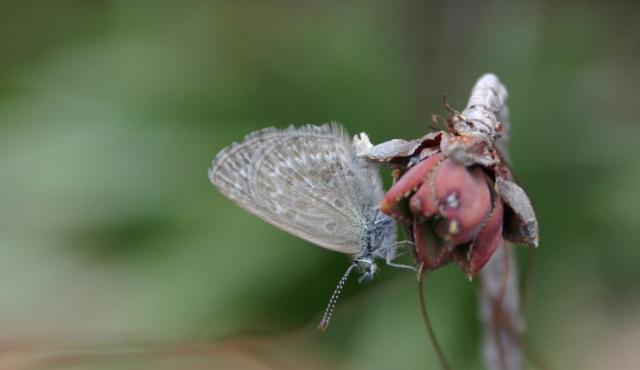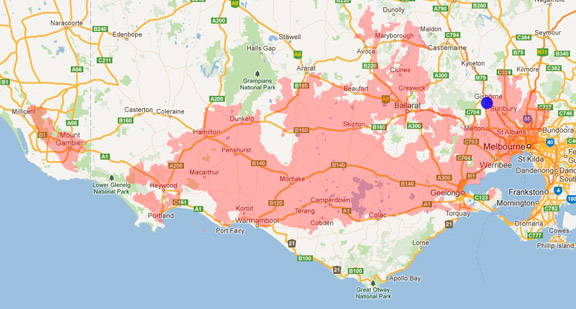A range of teacher professional learning programs will be developed to accompany the Biodiversity of the Western Volcanic Plains online outreach...

Common Grass-blue
Zizina labradus
Caterpillars hatch from single, mandarin-shaped, bluish eggs. Eggs are laid on the leaf of a food plant. This species flies very close to the ground.
| Details | Description |
| Type | Invertebrate |
| Group | Insect - Butterfly |
| Other Common Names | Clover Blue |
| Identifying Characteristics | |
| Distinctive Markings | Varying amounts of blue coloration on the wings with some individuals having none. |
| Diet | Herbivore. Caterpillars eat members of the Fabaceae species including Austral Indigo, Alfalfa, Glycine, Beans, Garden Peas and Clover. |
| Habitat | Found in suburban gardens, lawns and fields. |
| Native Status | Native to Australia |
| Taxonomy | |
| Phylum | Arthropoda |
| Class | Insecta |
| Order | Lepidoptera |
| Family | Lycaenidae |
| Genus | Zizina |
| Species | labradus |

Distribution maps indicate current and historic locations where species have been sighted.
Source: Atlas of Living Australia
| Conservation Status | |
| DEPI Advisory List | Not listed |
| FFG Act | Not listed |
| EPBC Act | Not listed |
The conservation status of species is listed within Victoria and Australia.
The Department of Environment and Primary Industry (DEPI) Advisory List consists of non-statutory advisory lists of rare or threatened flora and fauna within Victoria.
The Flora and Fauna Guarantee Act 1988 (FFG Act) lists threatened species in Victoria. Under the Act, an Action Statement is produced for each listed species.
The Environment Protection and Biodiversity Conservation Act 1999 (EPBC Act) is the Australian Government’s key piece of environmental legislation, listing nationally threatened native species and ecological communities.



